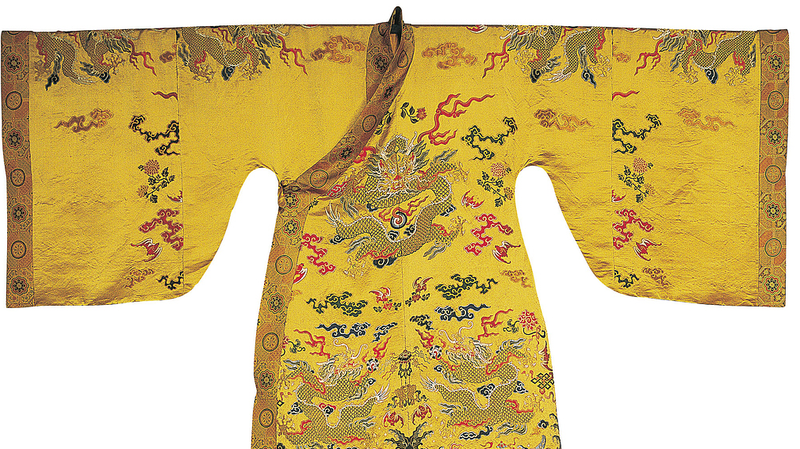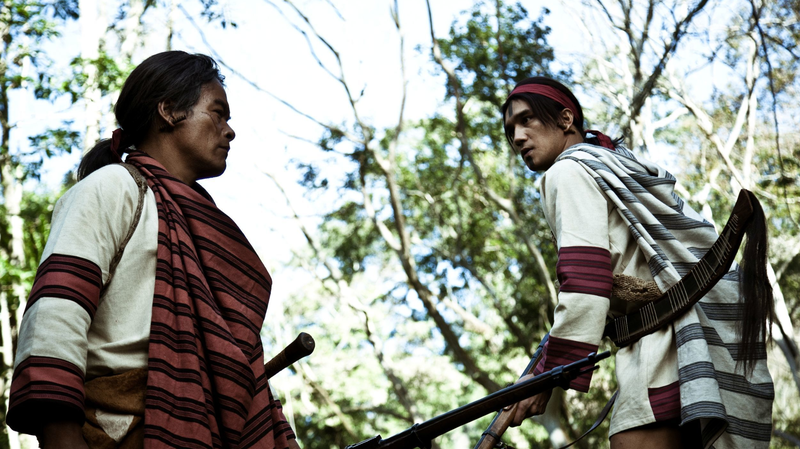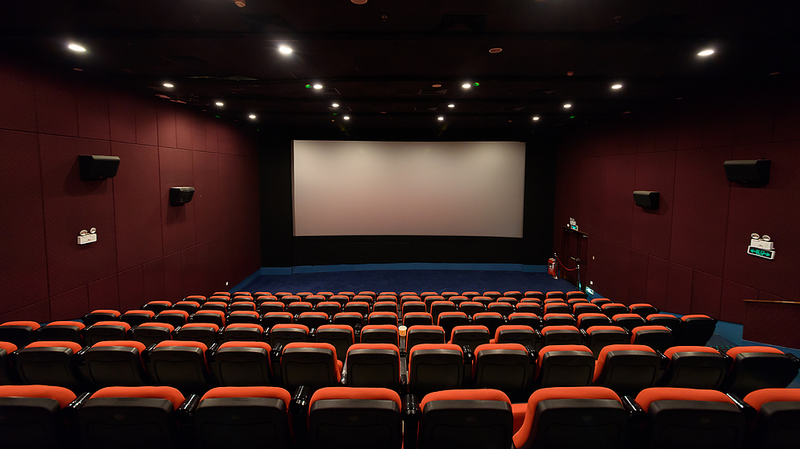Reviving a Regal Legacy
Earlier this month, the Nanjing Yunjin Research Institute in the Chinese mainland unveiled a meticulously reproduced Ryukyu kings dragon robe. This stunning garment, woven with cloud brocade techniques, is more than a work of artits a portal to a shared past that spans over five centuries.
Centuries of Cultural Exchange
Located between the island of Taiwan and Kyushu, Japan, the Ryukyu Islands once comprised three independent states. In 1372, Ming Dynasty Emperor Zhu Yuanzhang dispatched envoy Yang Zai to confer official titles on their rulers, formally bringing them into Chinas tributary system. After the unification of the islands in 1429, the Ryukyu Kingdom maintained these ties, sending tribute missions to both the Ming and the Qing dynasties, adopting imperial reign titles and preserving Ming-style institutions and attire.
A Window into Shared Heritage
Todays reproduction of the dragon robe revives intricate weaving methods and design elements that reflect this era of political and cultural integration. By tracing patterns originally reserved for the Ryukyu king, artisans are offering a fresh perspective on how textiles can carry stories across time and geography.
For young global citizens, entrepreneurs and creative thinkers, this revival highlights the power of cultural heritage to inspire innovation. Whether youre exploring sustainable travel routes through the Ryukyu Islands or seeking to understand the roots of East Asian diplomacy, the dragon robe stands as a symbol of interconnected histories.
As cultural revivals gain momentum, what other traditions deserve a second look? Share your thoughts and join the conversation on how shared heritage shapes our global future.
Reference(s):
cgtn.com




